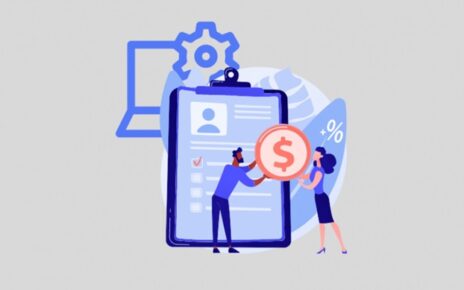The Federal Reserve is the central bank of the United States. Widely known as the Fed, it is considered to be the orchestrator of the largest economy on the planet, and determines how much it costs businesses and consumers to borrow money. As Kavan Choksi Professional Investor mentions, affordable borrowing costs encourage companies to invest in new initiatives or expand their operations. On the other hand, expensive rates tend to deter companies from hiring and consumers from making big-ticket purchases.
Kavan Choksi Professional Investor briefly marks ways the Fed impacts the money of the US Citizens
Subsequent to raising interest 5.25 percentage points since March 2022, the Fed seems to be closer to the end of its rapid rate hikes. While they may finish raising borrowing cost, its impact would live on. The best saving yields are topping inflation now, but borrowing expenses shall hit their highest in more than a decade. The rate environment is not likely to shift materially until the Fed started to cut interest rates, which is a move the officials may make in 2024, depending on inflation.
There are many ways the Federal Reserve impacts the money of the US citizens, including:
- The decision of the Fed impacts banks and other lenders’ set interest rates: Higher Fed interest rates tend to translate to more costly borrowing expenses for everything from a home, a car, to even purchases on a credit card. As the interest rates go up, the availability of funds in the financial system also shrinks, which makes borrowing more expensive. At times, the interest rates also go up on the expectation that the Fed is going to hike rates. Borrowers often see higher rates reflected in one to two billing cycles, but this happens only if they have a variable-rate loan. Consumers locked in a loan with a fixed interest rate are not likely to feel any impact when the Fed raises rates.
- Higher rates from the Fed make it harder to get loans approved: Higher interest rates can cut off households from the never-ending credit spigot. Less access to credit, consequently, leads to less spending, which takes some of the steam away from inflation. During a raising rate environment, lenders also become pickier about whom they lend money to, out of fear that they may not be paid back. Moreover, the rates may climb even faster for borrowers perceived to be riskier. Tighter credit hits the borrowers who do not have great credit ratings the hardest, no matter whether they are individuals or businesses.
- The Fed’s rate acts as a lever for yields on savings accounts and certificates of deposit (CDs): Higher interest rates may have a silver lining for some, especially for big savers, as banks ultimately end up increasing yields to attract more deposits. However, it is also important to note that the largest banks in the country rarely lift yields as fast or as high as the Fed’s interest rate.
As Kavan Choksi Professional Investor says, the interest rate decisions of the Federal Reserve are bigger than just impacting the price one has to pay to borrow money. It also has a huge impact on the purchasing power of the consumers.





